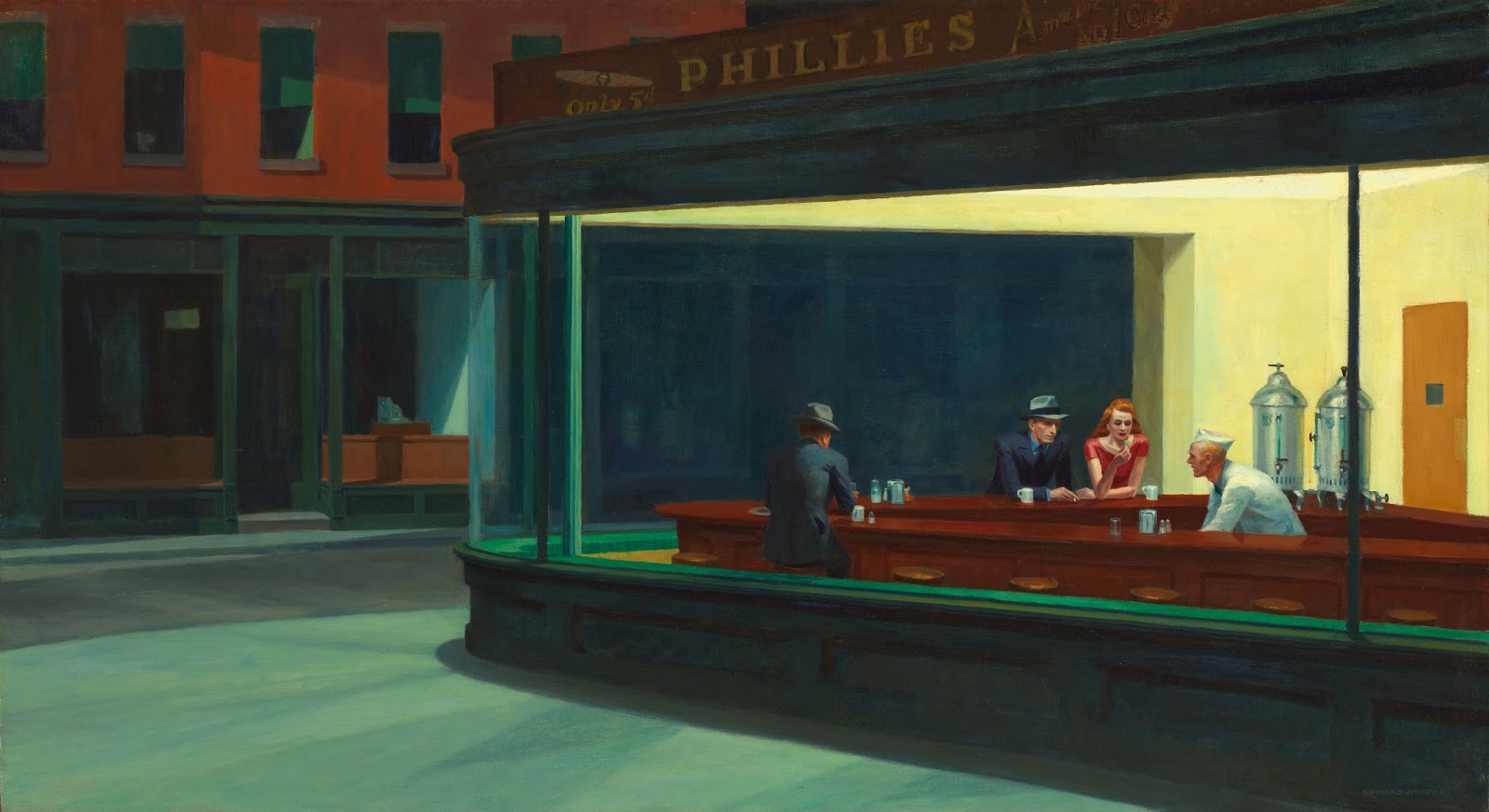 |
| The Night Hawks 1942 |
As a student I was moved by the adage that a great illustration should always depict the moment just before or just after an event, but never the event itself. Never was this principle more expertly exercised than by the American painter Edward Hopper (1882-1967).
Born in the outskirts of New York City during the Victorian period Hopper grew up in a traditional middle-class family with modest aspirations of working as an architect. Studying illustration in New York Hopper’s working class sensibilities allowed for his early success as a commercial artist with the newspapers and magazines in the burgeoning industrial publishing industry. After a few trips to Paris to study the Impressionists Hopper attempted a fine art career, but success eluded him.
In 1913 the New York armory show polarized the American art community into two camps. The abstract and the realists. By the 20’s with the influence of the American Ashcan School and films, combined with his innate sense of storytelling and composition from his years as an illustrator, Hopper’s work begins to shine. Capturing time into a single frozen frame, he stops the story, lingering on isolated moments of solitude. Holding the sun in its path with streaks of light that exactly depict the time of day, the eye of the viewer focuses on the room or the street where the action has just occurred, where the characters wait for someone to enter or exit the picture. In Hopper’s paintings the viewer becomes the voyeur, gazing through the frame of the canvas, through frames within the frames, watching the silent secret world of other people, and we wait, as they wait, for the scene to unfold. Hopper’s paintings are masterpieces of imagination and tension, allowing the viewer to fill-in the expectations of the tableau; to imagine what will happen next and to project their own fears, doubts and uncertainty into the paintings.
By the end of WWII Hopper had established himself as a leading American artist, but tastes in art were changing again. Post-War America (and especially New York) was quickly becoming a new Bohemia with iconoclastic artists like Kerouac, Ginsberg, Coltrane, Pollock and others. Modern New York was a modern city and this was being reflected in its art. The Museum of Modern Art and other venues shunned American realists like Hopper and the ashcan school in preference for more abstract paintings. In 1953 Hopper joined as group of realist painters to form “Realist” magazine in order to promote traditional painting, but Hopper never had much enthusiasm, he was always a simple man who simply ignored the artists and artwork he did not like. By the 1960’s Hopper’s work had become less prolific and he rarely worked until his death in 1967 in Manhattan, less than twenty miles from where he was born.
The legacy of Hopper is intriguing, and I find myself trying to separate the work, from the memes and cultural icons that his work has inspired. For some critics his work is simplistic and provincial, while others can now draw a direct influence of Hopper to the works of postmodern artists like Deibenkorn and Hockney. For many his work is an inspiration, telling the quintessential story of American dreams, often bleached by the sun, lost in the labyrinth of the city or obscured in dark shadows, but always waiting and watching for the next scene to start.
Watch the Documentary:
Edward Hopper and the Blank Canvas:
A Gallery of Edward Hopper’s paintings:
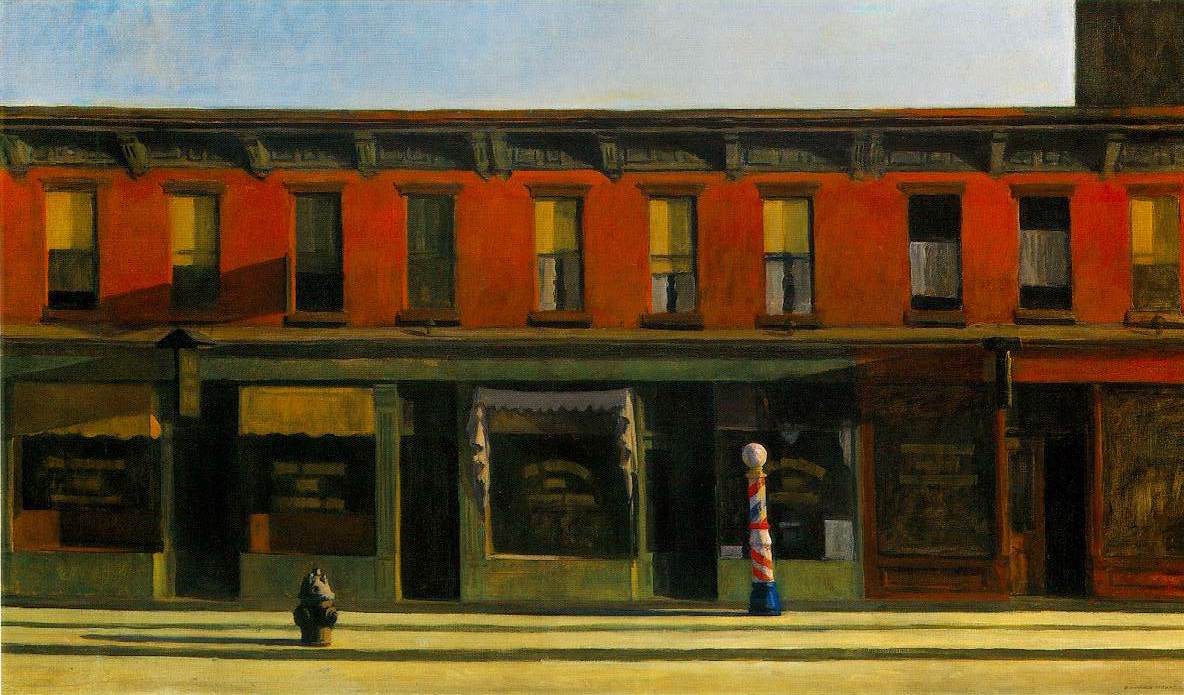 |
| Early Sunday Morning 1930 |
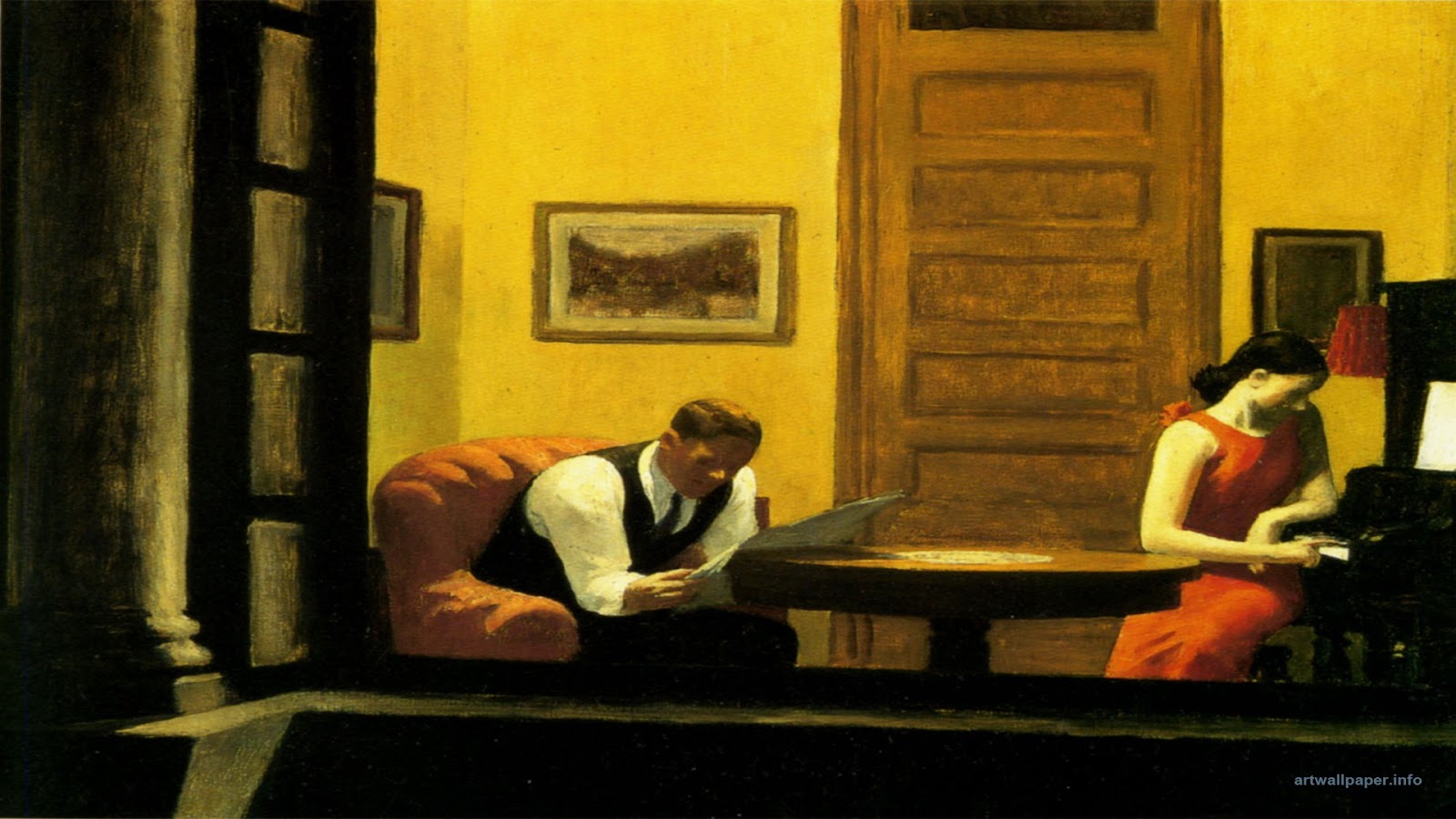 |
| Room in New York |
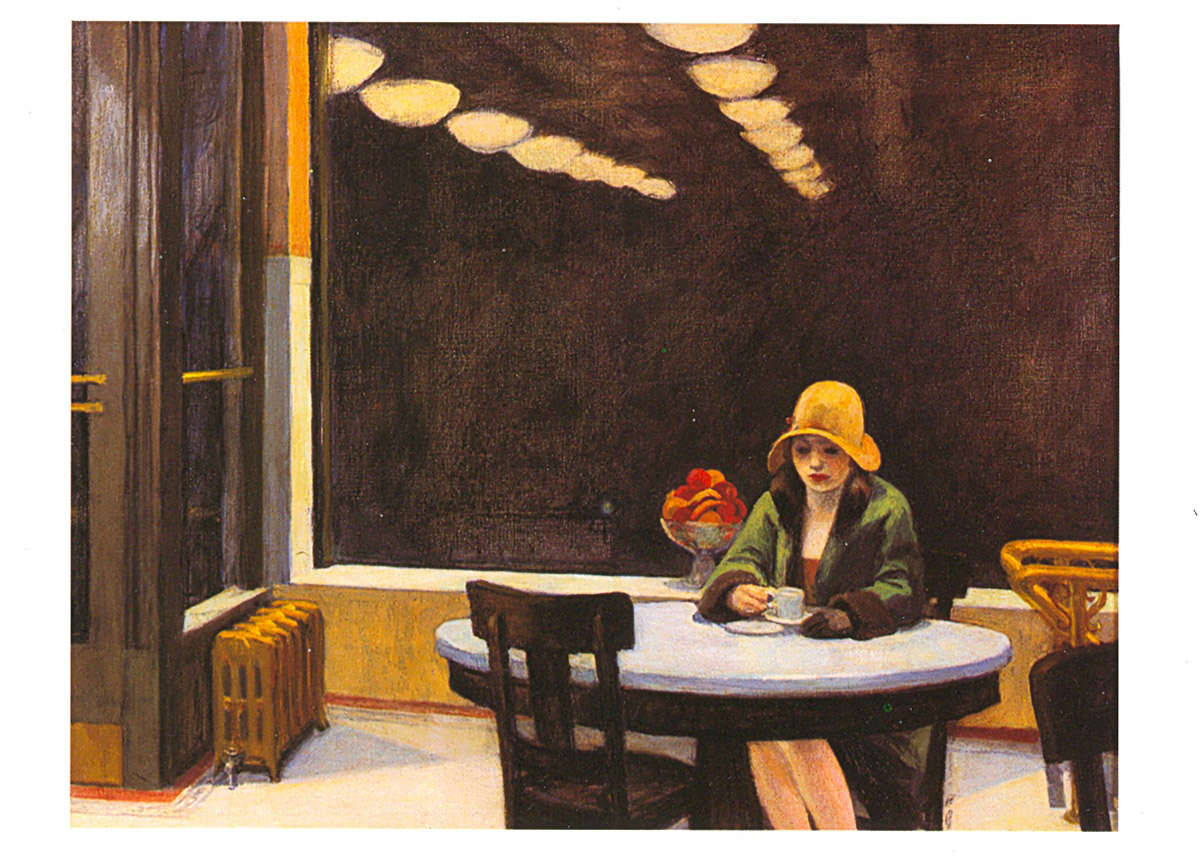 |
| Automat 1927 |
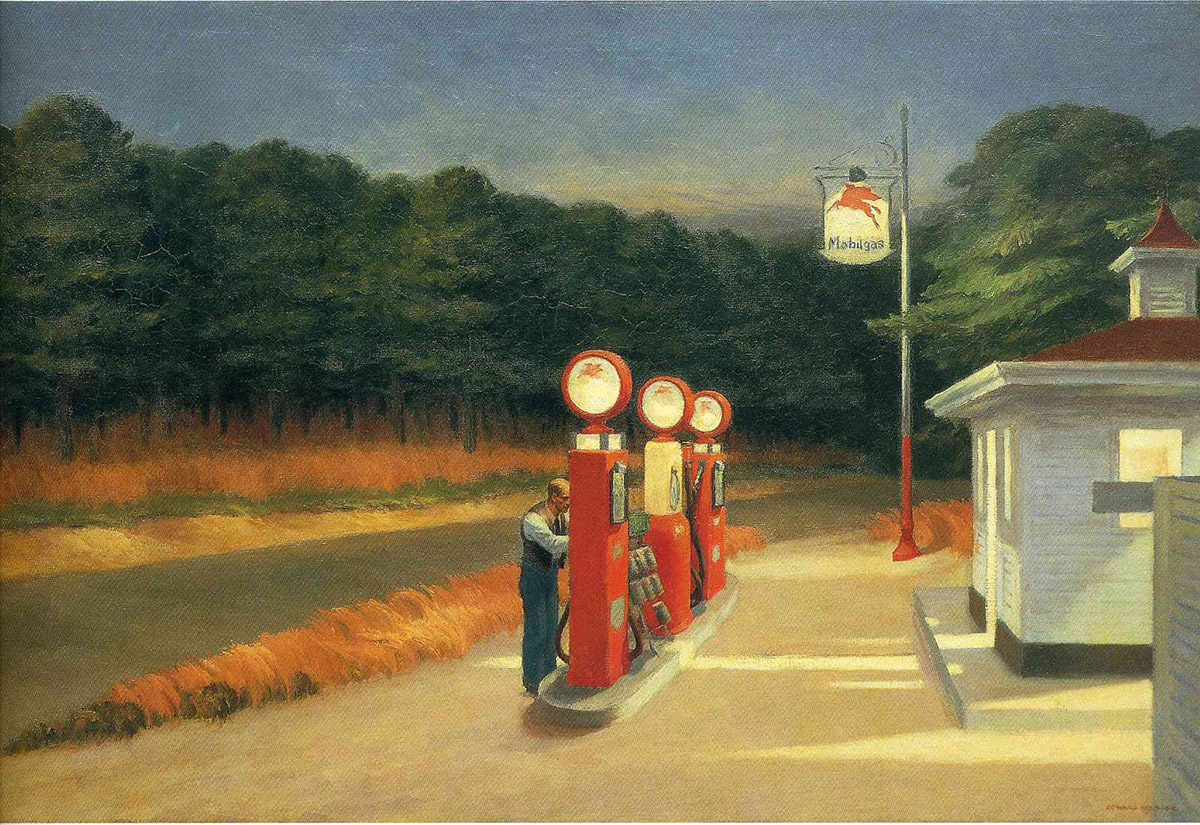 |
| Gas 1940 |
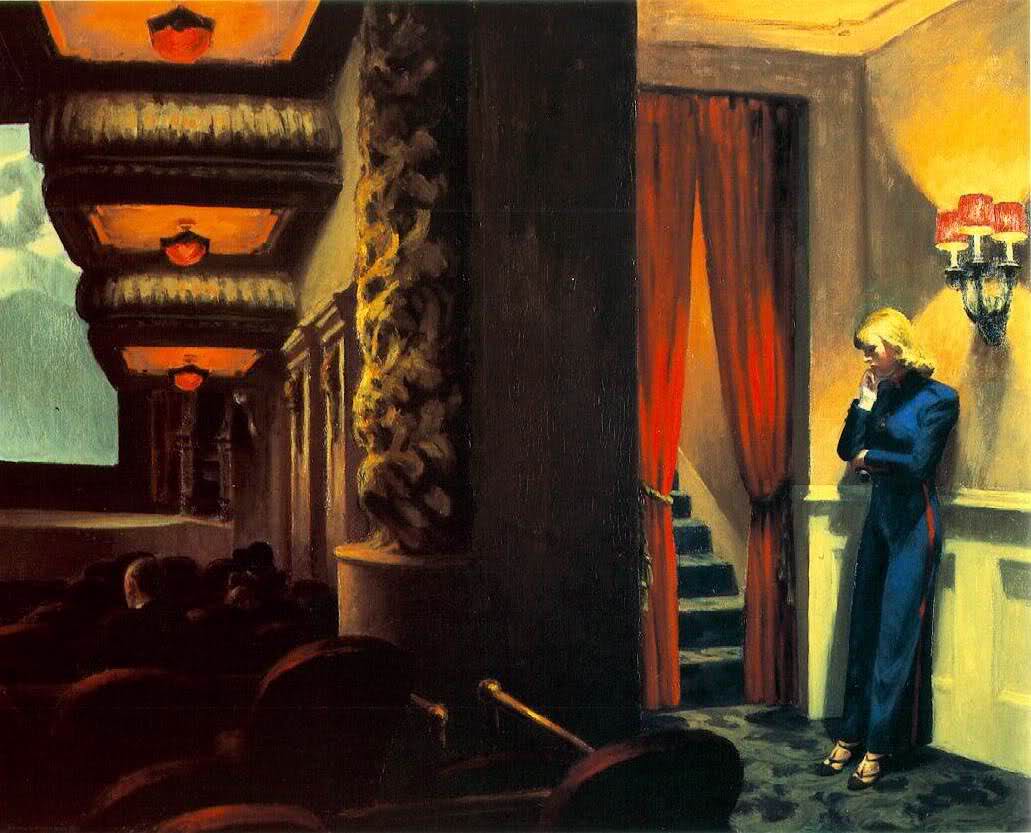 |
| New York Movie 1930 |
 |
| NightWindows 1928 |



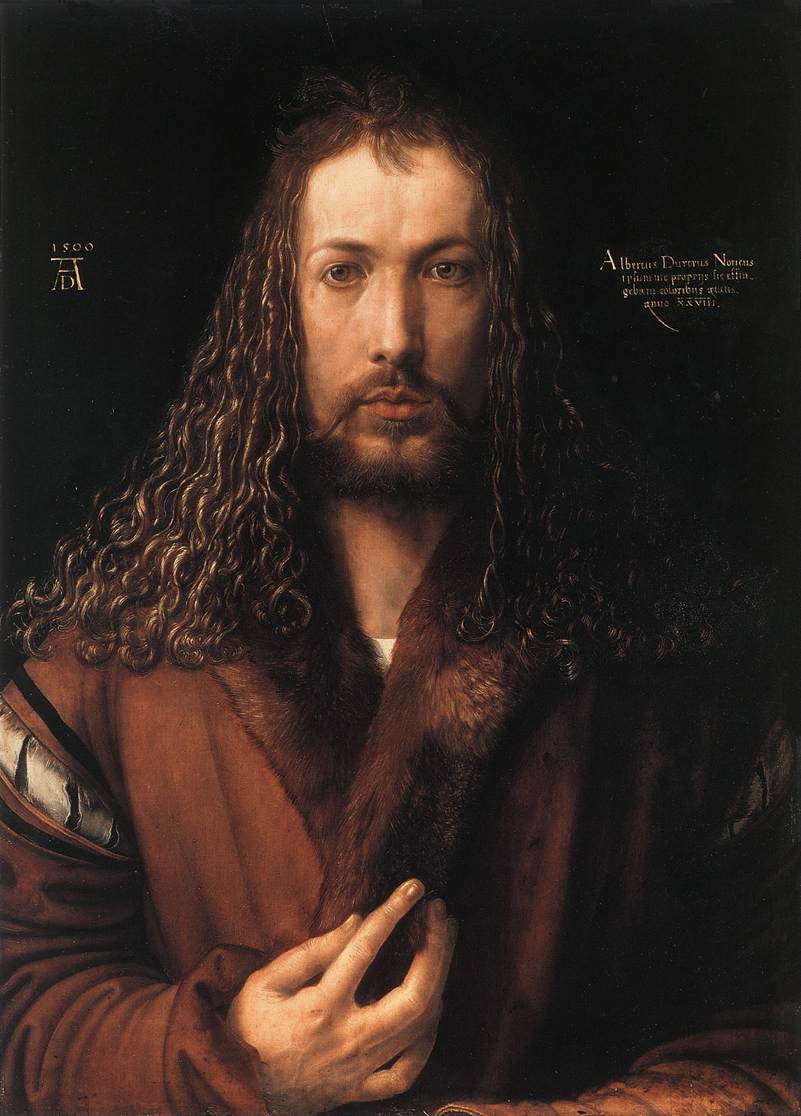
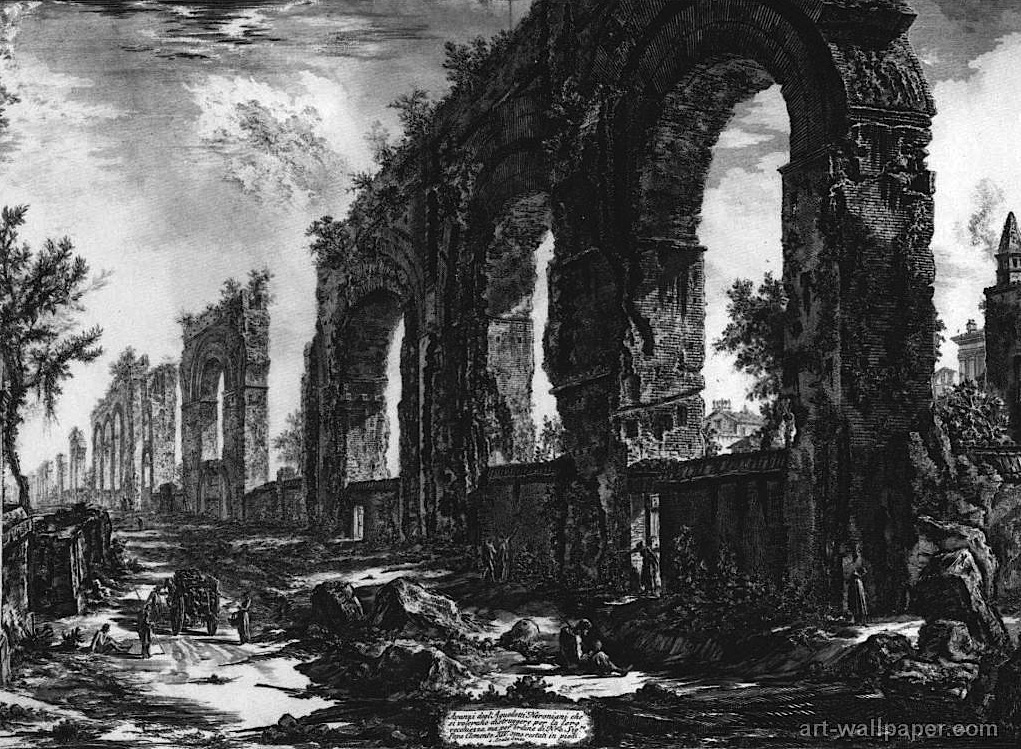
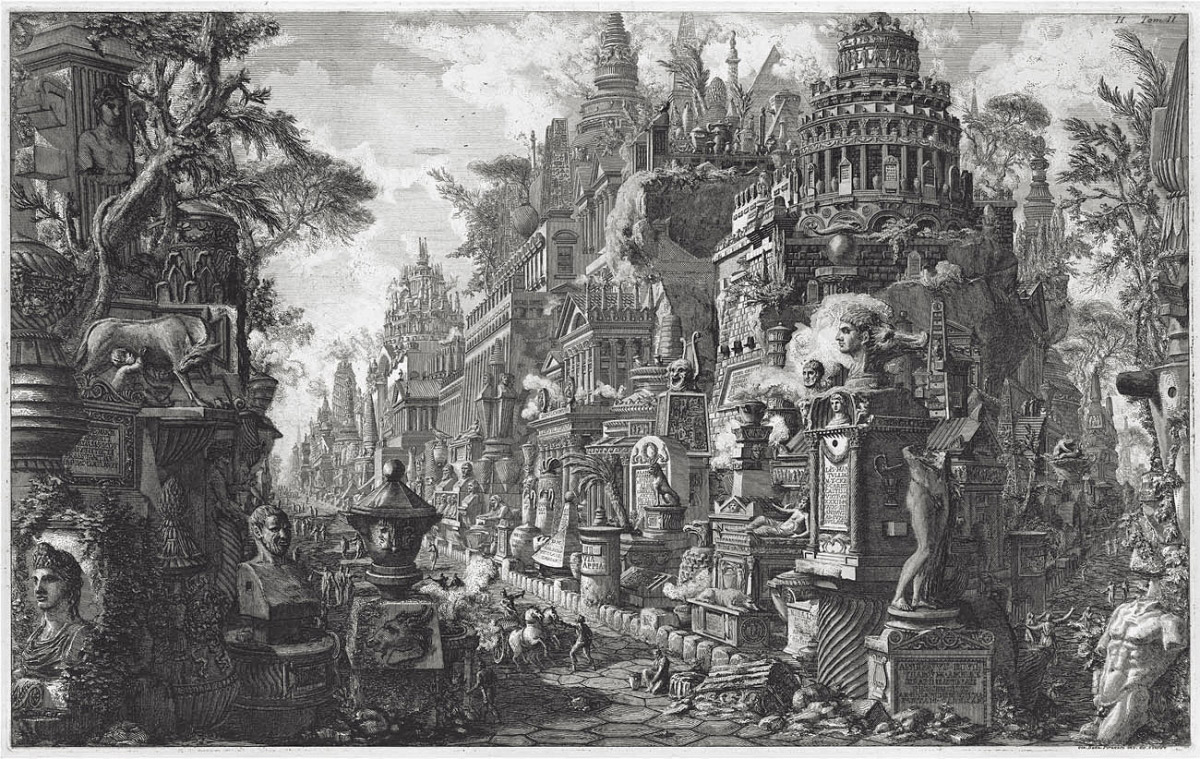
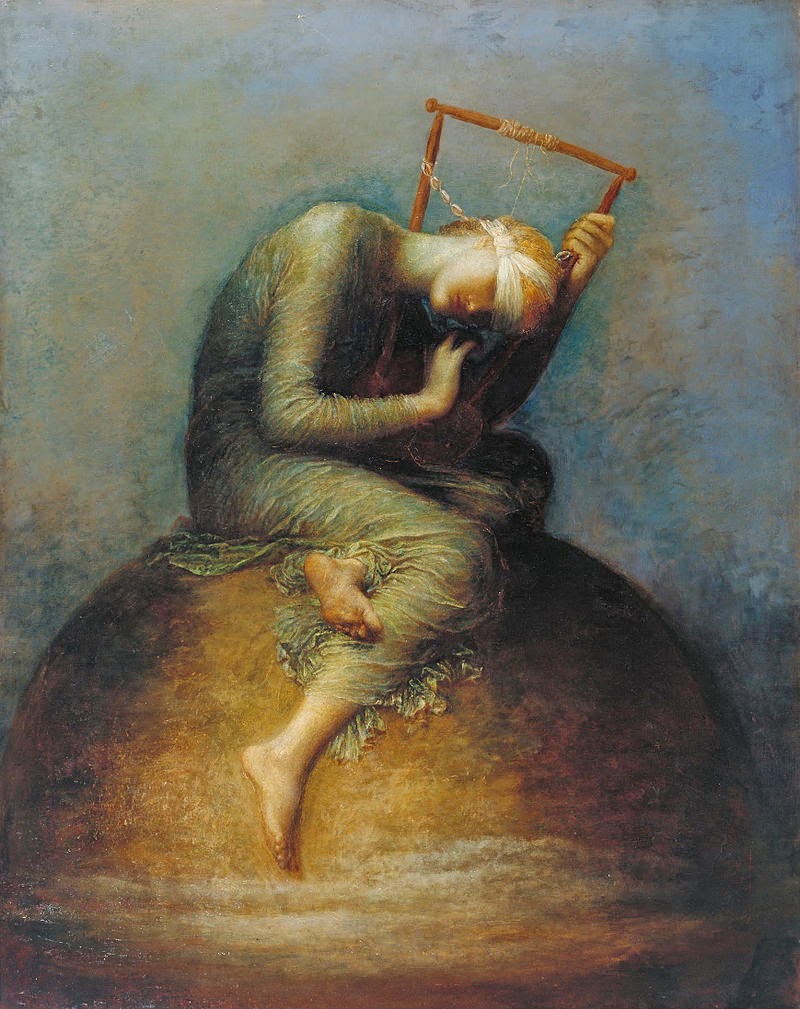

Paintings get old. There were beautiful before. Today there are beautifull an nostalgic: Twoo pleasures?